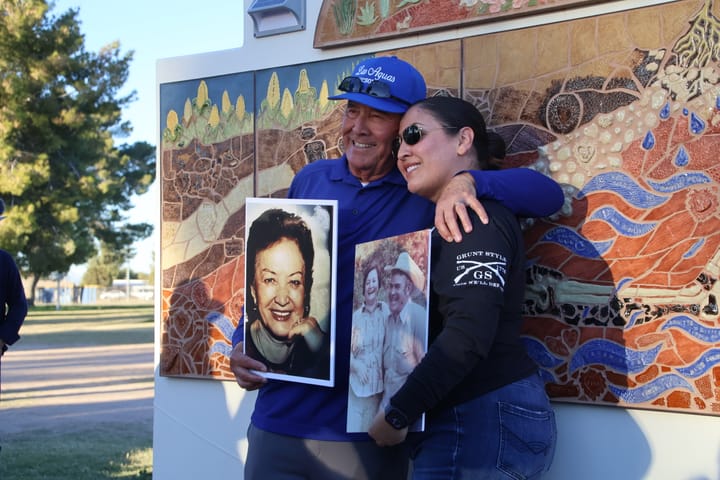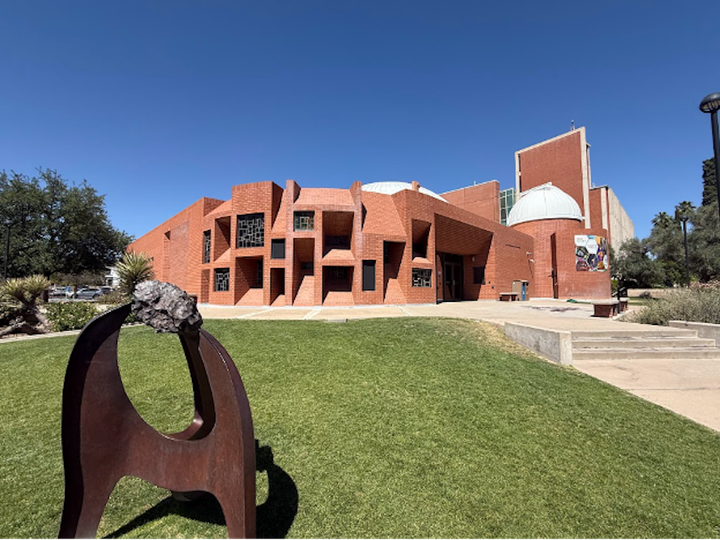Protesters demand transparency over alleged ICE facility on south side
More than 50 protesters marched to a Border Patrol site on Tucson’s south side, raising concerns that the facility may be storing unmarked ICE vehicles and calling for greater transparency in immigration enforcement.
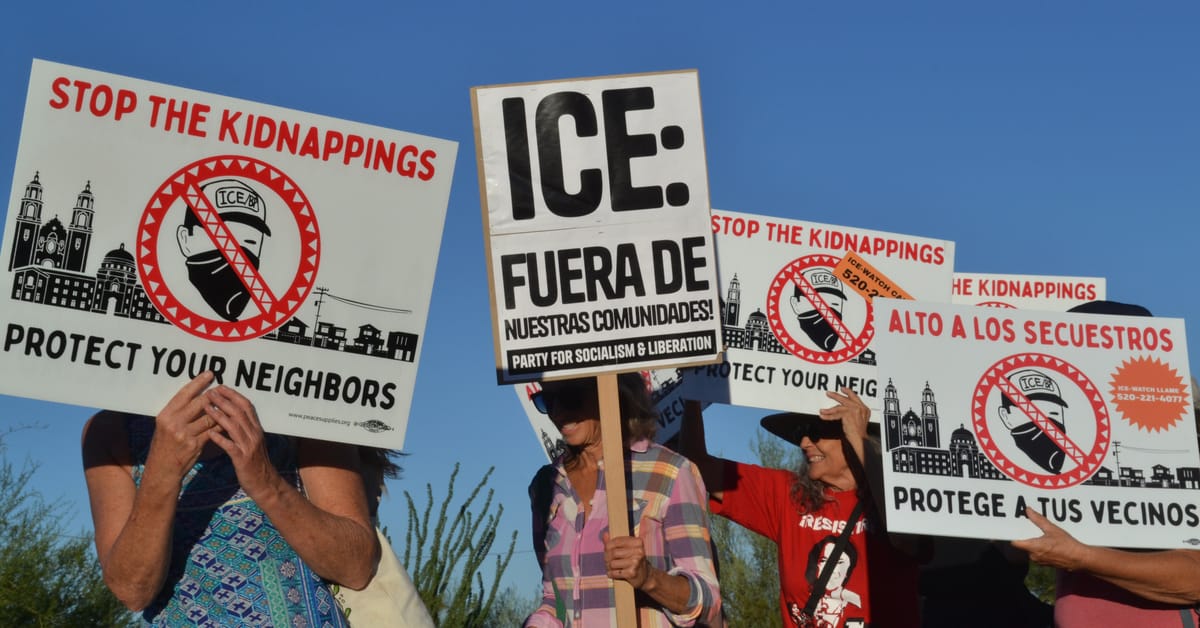
More than 50 people gathered at a south-side Border Patrol facility to demand answers about what they believe are unmarked ICE vehicles being stored there and to call for transparency from federal agencies amid growing concern over secretive immigration enforcement activity in the region.
The protest was led by Derechos Humanos and the Party for Socialism and Liberation. Attendees met at Kennedy Park and marched to the Border Patrol facility on West Ajo Way before returning to the park to hear from speakers.
“We wanted to show the community that we stand with immigrants,” PSL organizer Aurora Ramirez told Tucson Spotlight.
Derechos Humanos has maintained a rapid response team that observes ICE interactions in Tucson. The group has also been researching the locations of unmarked vehicles in the city.
“The Rapid Response Team has been doing a lot of the work, and they were the ones that identified what they are using this facility for,” Ramirez said. “This was historically where Border Patrol was at, and I remember that while growing up.”
The Border Patrol’s main facility relocated near Davis-Monthan Air Force Base years ago.
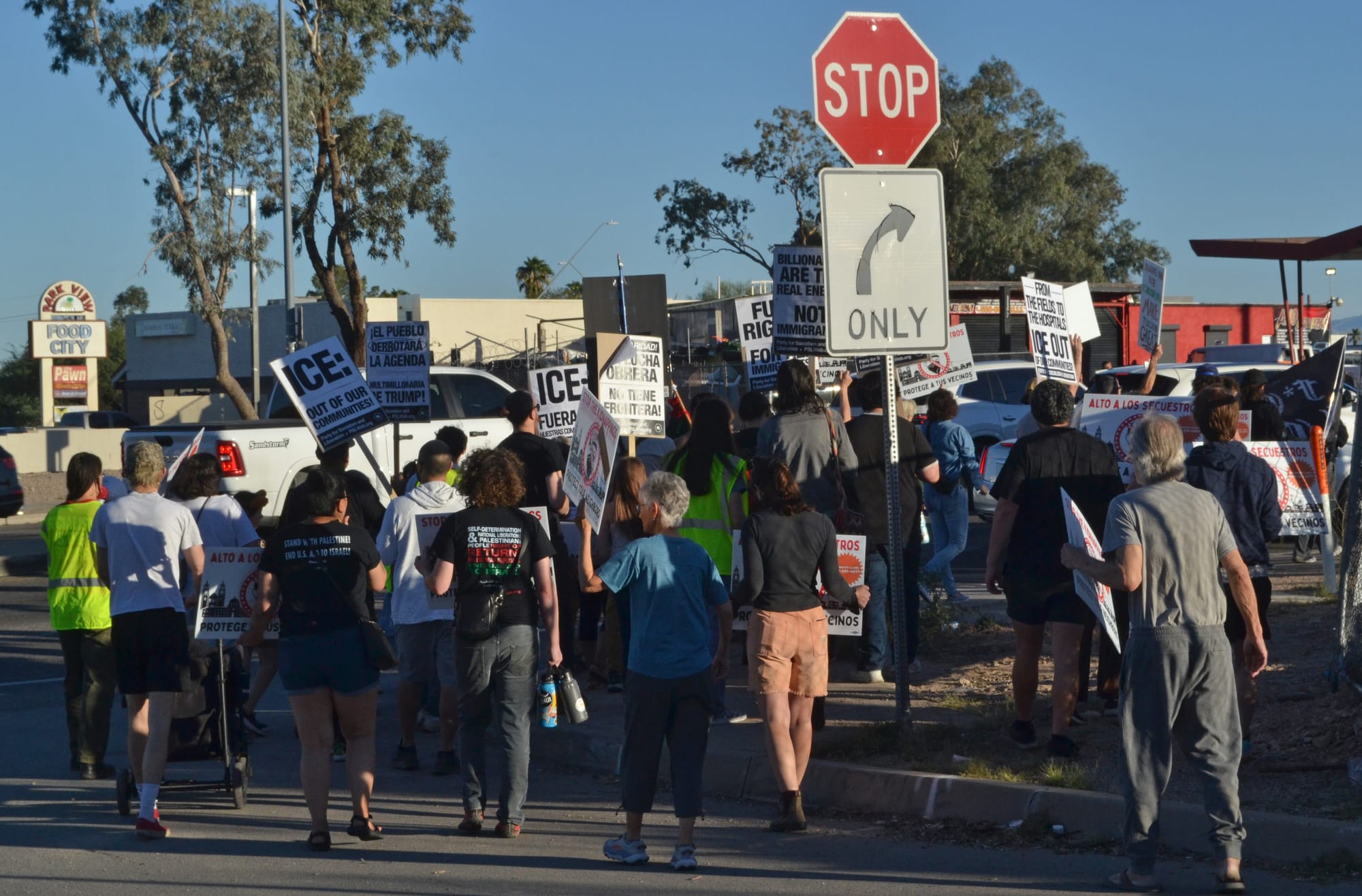
Ramirez said PSL believes immigrants are being scapegoated by the current administration.
“It’s important for people to fight for immigrants, because when they stop going after the immigrants, they will come after us,” Ramirez said. “If people are interested in what we’re doing, our main goal is to organize within individual neighborhoods, so those interested can check our social media or volunteer if they want.”
The facility, located about 200 yards west of South Mission Road, has been the subject of recent speculation. University of Arizona student Dugan Meyer has spent significant time documenting Border Patrol surveillance gear and techniques and has begun helping collect data on Border Patrol and ICE movements within Tucson.
“If you look at the property records, there’s a square that’s city property and the facility in the middle is government property,” Meyer said. “What we do know is that this is a Border Patrol facility, and that it’s not labeled on Google, and there is no sign out front that says that. But there is a sign on the back building that says Tucson Sector Staging Facility.”
Meyer said both he and the Rapid Response Team have documented many unmarked vehicles coming in and out of the lot.
“I have documented one vehicle that was driven by someone in a mask from there,” Meyer said. “We don’t know if that person was ICE or if ICE is using the facility, but the vehicles are the same type we have been seeing.”
Meyer said he believes the building is being used as an assembly site for automated license plate readers, which are used by many law enforcement agencies, including Border Patrol.
“Border Patrol and the DEA both have automated license plate reader programs. They work together—for instance, some of them are on Border Patrol checkpoints. But they also set them all around the border regions,” Meyer said.
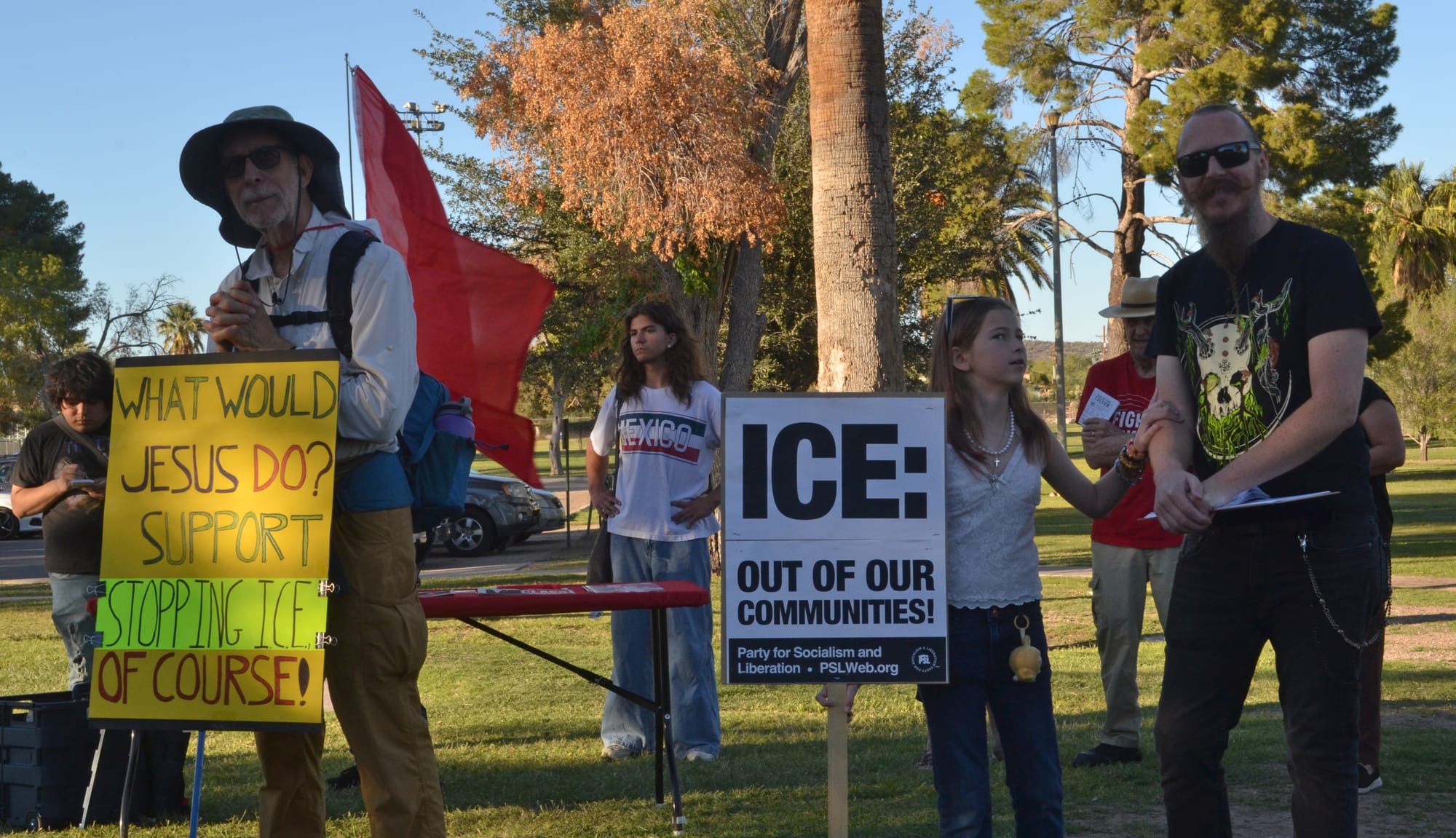
Many of the ALPRs are easily recognizable, Meyer said, but others are more covert.
“Some are trailers beside the road; others are hidden inside traffic construction barrels with holes cut into them,” Meyer said. “I know that they are assembling them here because if you look on the east side of the facility you can see many of these traffic barrels.”
Meyer said he’s tried several times to name the facility on Google Maps, even submitting a photo of the sign, but has so far been unsuccessful.
“Transparency is essential to prevent backsliding into a fascist government, and we believe in democracy,” Meyer said. “Many others don’t believe in that apparently, but even if people have different views on immigration or policies, there should be open discussion about that.”
Meyer said that even within activist groups, people have different views on how to handle immigration.
“It’s okay to have different views or differences in policies, but in order for us to understand what is happening and what the policies do to affect people’s lives and all of us, we have to be able to talk about it freely, and we have to have accountability and transparency,” Meyer said. “What we are saying is that kidnapping is wrong, what is happening is state abuse, and if we care about our neighbors, then we have to stand up and protect our neighbors. That is definitely what these groups do, we are just trying to stand beside our neighbors.”
Colton Allder is a Tucson-based freelancer who reports for Tucson Spotlight. Contact him at callder1995@gmail.com.
Tucson Spotlight is a community-based newsroom that provides paid opportunities for students and rising journalists in Southern Arizona. Please consider supporting our work with a tax-deductible donation.

